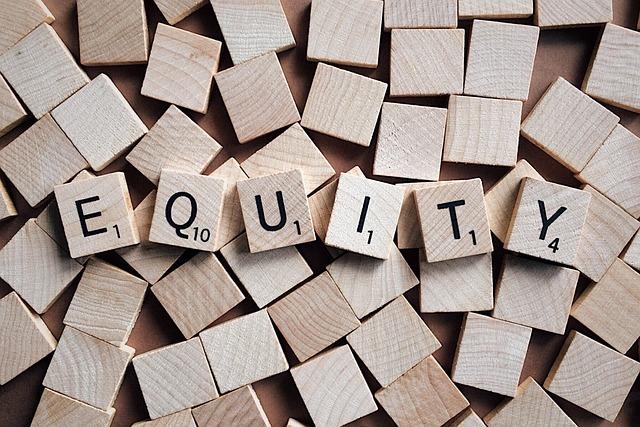“`html
The Politics of Educational Equity in Pakistan
The issue of educational equity is a critical topic in Pakistan, where access to quality education remains unevenly distributed across socio-economic and geographic lines. This article delves into the politics surrounding educational equity in Pakistan, exploring the challenges, government policies, and potential solutions to improve educational access for all.
Understanding Educational Equity
Educational equity refers to the principle of fairness in education, ensuring that all students have access to high-quality educational opportunities regardless of their background. In Pakistan, numerous factors contribute to an inequitable education system:
- Geographic disparities
- Gender inequality
- Socio-economic status
- Quality of institutions
The Current State of Education in Pakistan
Pakistan faces significant challenges in its education sector, which include:
- High dropout rates: Approximately 22.8 million children remain out of school.
- Low literacy rates: As of recent data, the literacy rate stands at around 59% for individuals aged 15 and older.
- Disparity between urban and rural education: Urban areas typically have better access to resources than rural counterparts.
Government Policies and Their Impact
The government of Pakistan has implemented several policies aimed at promoting educational equity, including:
- Punjab Education Sector Reform Program
- Education for All (EFA) initiative
- Federal and provincial curriculum reforms
Punjab Education Sector Reform Program
Launched in 2009, this program focuses on improving student enrollment, retention, and learning outcomes in Punjab province. Key highlights include:
| Year | Enrollment Increase (%) | Dropout Rate Decline (%) |
|---|---|---|
| 2009 | 5% | 3% |
| 2012 | 15% | 5% |
| 2015 | 20% | 7% |
Education for All Initiative
This global initiative aims to ensure all children receive basic education. In Pakistan, it has led to:
- Expansion of primary schooling
- Enhanced teacher training programs
- Increased funding for underprivileged areas
Challenges to Educational Equity
Despite government efforts, numerous obstacles persist:
- Funding limitations: Investment in education remains inadequate compared to other sectors.
- Corruption: Misallocation of funds hampers progress.
- Resistance to gender equality: Societal norms often restrict girls’ access to education.
Benefits of Achieving Educational Equity
Striving for educational equity in Pakistan can yield numerous benefits:
- Economic Growth: A well-educated workforce is essential for driving economic development.
- Social Cohesion: Access to education promotes cooperation and understanding among diverse communities.
- Reduction in Poverty: Improved education leads to better job opportunities, significantly reducing poverty levels.
Case Studies: Successful Initiatives
Several initiatives have shown promise in promoting educational equity:
1. The Citizens’ Foundation (TCF)
This non-profit organization has established over 1,700 purpose-built school units across Pakistan, focusing on educating underprivileged children. TCF has achieved:
- A 100% enrollment rate for girls in some regions.
- Integration of vocational training programs.
2. Saylani Welfare International Trust
Focused on providing free education for all, this trust has set up numerous institutions that empower disadvantaged students. Key outcomes include:
- Over 52,000 students enrolled annually.
- Provision of free textbooks and supplies.
Practical Tips for Promoting Educational Equity
Individuals and organizations can help bridge the educational gap through:
- Advocacy: Advocate for better policies at the local and national levels.
- Community Engagement: Involve community members in decision-making processes.
- Volunteerism: Support organizations working to improve educational access.
Conclusion
Educational equity in Pakistan is a complex but vital issue that encapsulates the nation’s social and political fabric. By addressing the underlying challenges and supporting successful initiatives, Pakistan can move closer to achieving an equitable educational landscape for all its citizens. Only then can we hope to unlock the true potential of the country’s future generations, paving the way for a more educated, prosperous, and cohesive society.
“`



